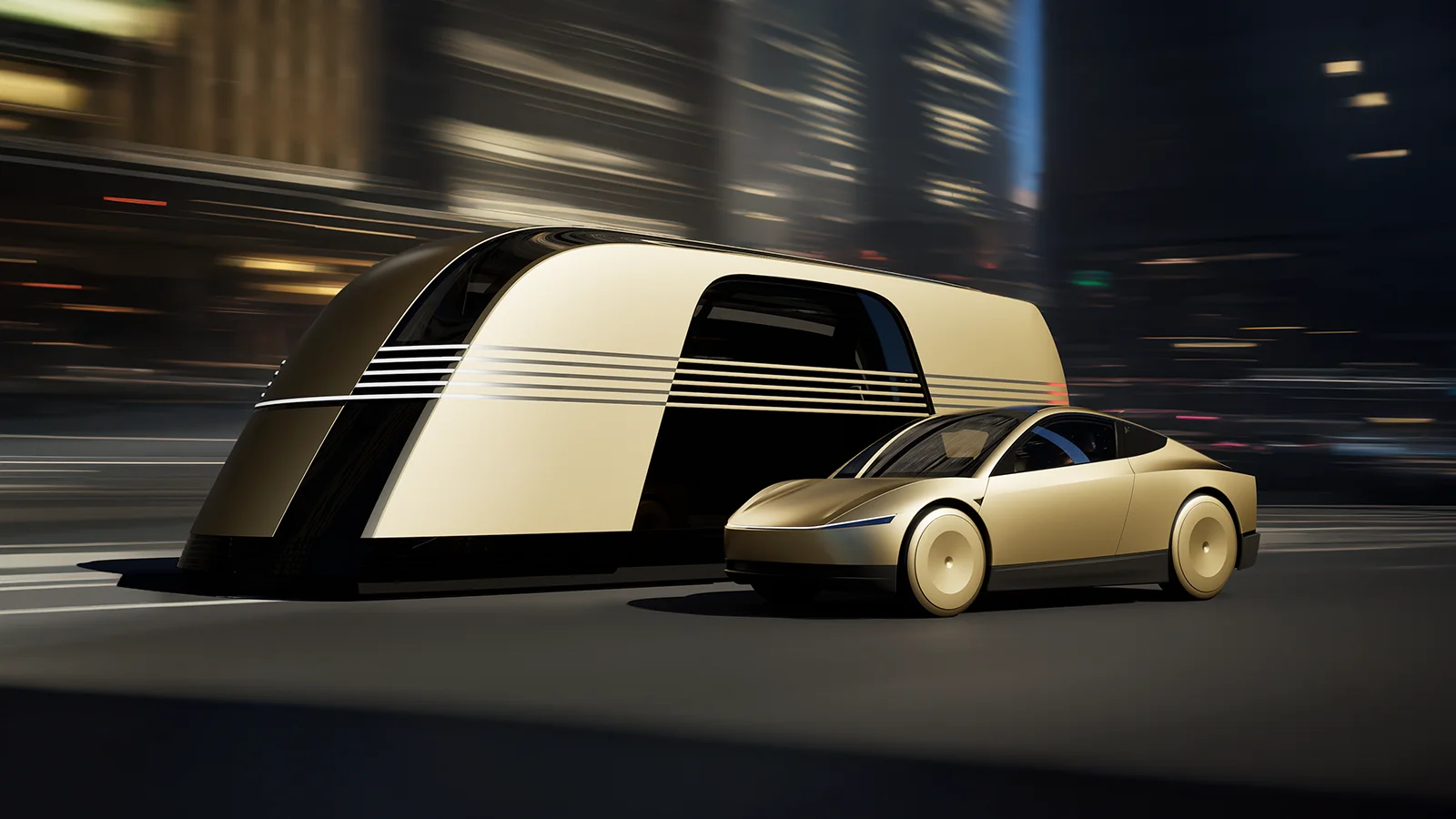October 21, 2021/Pro Tips
100% a Waste of Time: Why charging to 100% is defeating the purpose of Superchargers
 Supercharging Karrinyup
Supercharging Karrinyup
As most EV owners will know, there are two main ways to charge an EV, AC or DC, but there’s also another less known and slightly more nuanced distinction.
A charger’s main purpose can be for rapid top ups or for longer perhaps even overnight charging and it’s important for EV drivers to understand this difference as it will not only save a lot of time, but it will also result in a better ownership experience for the entire EV community.
The main purpose of ultra-rapid DC chargers such as the Tesla Superchargers is rapid top-ups to facilitate convenient travel between built-up areas. This is critical in winning over the broader driving public who have concerns about charging downtime on long trips away from home. The problem is many new owners have misunderstood this and are in fact wasting a lot of their time charging at high battery percentages. How much time are they wasting? It depends on the vehicle’s next destination but as can be seen from the graphics below, it’s more than many drivers realise.
 Test conducted with a Tesla Model 3 Performance charging from a V3 Tesla Supercharger at a 14-degree outside temperature with a pre-conditioned battery.
Test conducted with a Tesla Model 3 Performance charging from a V3 Tesla Supercharger at a 14-degree outside temperature with a pre-conditioned battery.
As the chart above shows, a long-range battery takes about the same time, roughly 14 minutes, to charge from 10% to 60% as it does to charge from 90 to 100%. In other words, you can spend the same 14 minutes topping up 50% at a lower state of charge (SoC) or 10% at a higher SoC.
50-60% SoC is a key level because not only does the time to charge each 5% increment begin to lengthen to charging speeds attainable at slower (non-ultra-rapid) DC chargers but generally it’s enough battery capacity to cover the distance between Superchargers on long road trips.
What is not illustrated on the graph is what happens once the state of charge reaches 100%. Once at 100%, the charge time jumps off the chart as it took me at least a further 19 minutes of trickle charging the last few watt hours and balancing the cells before I lost patience and quit the test.
 TezLab power chart.
TezLab power chart.
As can be seen in the graphic above, at roughly around a 14% state of charge (SoC) the car reached its peak charge of 244kW but then this began to taper off down to 192kW at 30% SoC, then to 110kW at 50%, 81kW at 70% and 42kW at 90% before dwindling down to 5kW once it remained at 100% for almost 20 minutes.
Once at 100%, the time the car takes to completely finish charging is dependent on how long it has been since the battery was fully charged to 100%. The longer the period between full charges the longer it takes to balance the cell groups and the longer the battery takes its time at the 100% level.
Powered by a lithium-nickel-cobalt-aluminium (NCA) battery chemistry, once at 90% or above, it is best to begin driving the Model 3 Performance (and Long Range) to ensure minimum long-term battery degradation. It’s not ideal to keep this chemistry above 90% or below 20% for extended periods of time. In fact, the above 90% charge level should be reserved only for times, when necessary, on longer stretches between chargers on country road trips. However, that said, it is also a good idea to balance the cells once every 3-6 months. The added benefit is that the battery management system (BMS) will also get a chance to recalibrate itself to ensure accurate battery range readings.
In contrast, it is ideal to charge the lithium-iron-phosphate (LFP) battery chemistries, found in the Shanghai built and soon also in the Fremont built Standard Range Plus Model 3s, to 100% at least once a week and it’s also perfectly fine to charge to 100% on a daily basis.
Irrespective of the battery chemistry, however, to save wasting your time at Superchargers and unnecessarily taking up this important infrastructure, please be mindful of how busy the charger is. If you feel the need to charge to 100% and if you have plenty of time, during off-peak times when Superchargers are hardly used, it is perfectly fine to squeeze in every last watt but at busy times, vehicles taking up much needed charge bays while charging at a fifth or less of the charger’s potential is a burden on the infrastructure and not helpful to fellow EV owners.
 243kW charge rate.
243kW charge rate.
Therefore, please consider only charging to a lower percentage and leaving the charging at the top state of charge levels for your home, BNB, or at overnight AC destination chargers such as those allocated to your room at hotels and EV-friendly resorts. You’ll only be doing yourself, your EV community and even potential new EV owners a big favour.
P.S. Special thanks to TOCWA Chairman Rob Dean for not only helping with this article but also for coming up with the idea for the test.

A Quarter of a Million Kilometres in Seven Years and the Tesla Model S is Still...
April 29, 2023 / News




